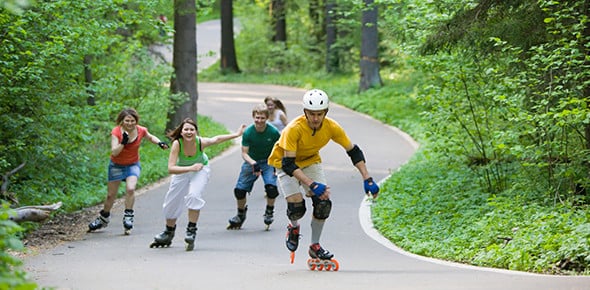WFTDA Rules Section 1 & 2 (Updated For 2013 Rule Set)
25 Questions
| Attempts: 138
2.
You may optionally provide this to label your report, leaderboard, or certificate.
×
Thank you for your feedback!
















